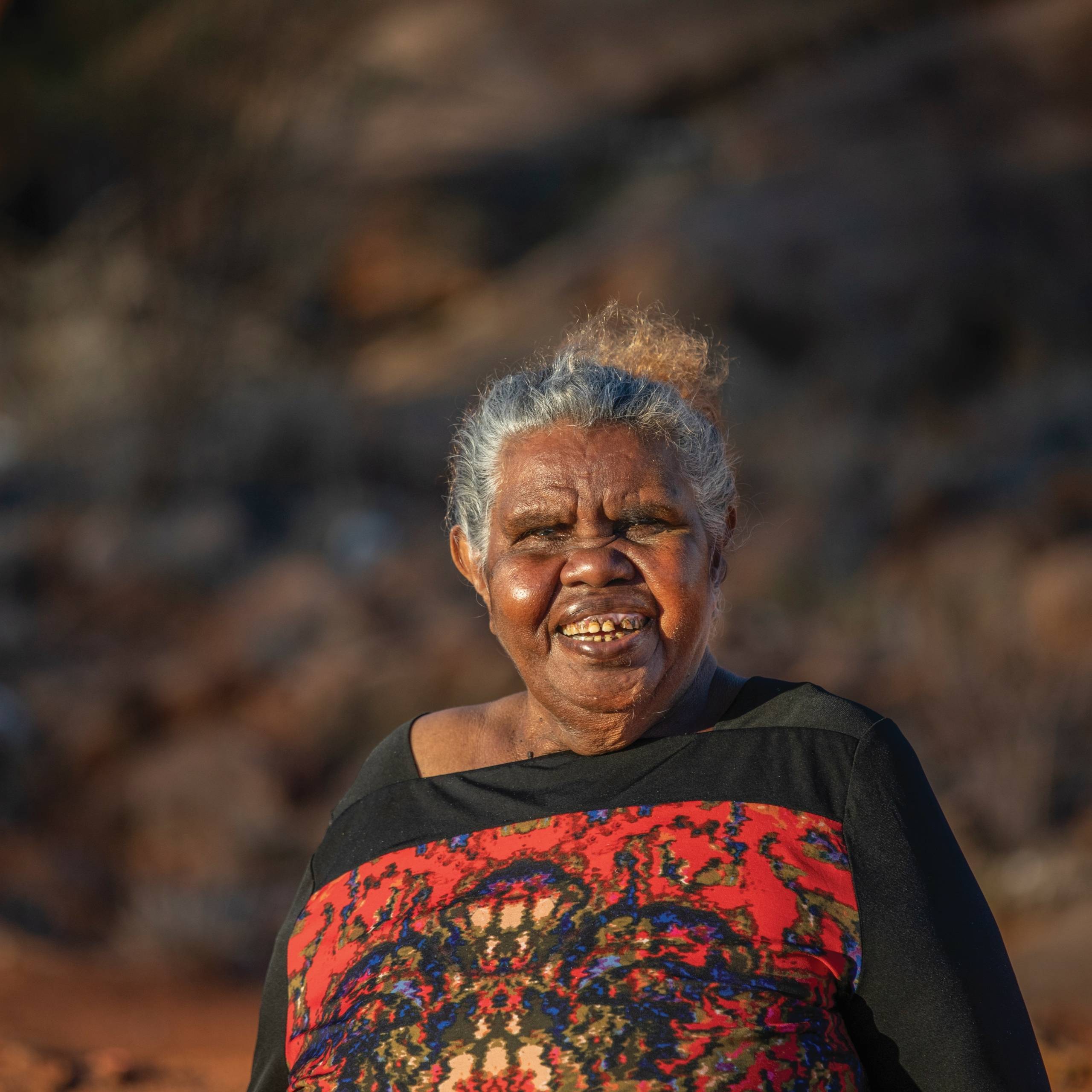Prudence Flint: Holding Ground
The female protagonists in Prudence Flint’s paintings are rendered strong in their intimate settings.
Words: Ellinor Pelz
Photography: Brian Doherty
Bringing women to the fore, Flint depicts her female protagonists in an often-domestic environment, gazing into a horizon that the viewer is not privy to. Caught between a moment of reflection or pause, her contemplative subjects capture a weight of intensity and intimacy.
With an array of accolades, Flint is a 7th time finalist in the Archibald Prize and winner of the Len Fox Painting Award, 2016; Portia Geach Memorial Award, 2010; and the Doug Moran National Portrait Prize, 2004. For the first time in her practice spanning 35 years, Flint’s forthcoming exhibition Drawings & Studies at her representative gallery Fine Arts, Sydney (Flint is also represented by mother’s tankstation limited, Dublin and London) presents a series of small-scale drawings and paintings. For Flint, these works hold as much agency and influence on her practice as the large-scale paintings. In this exhibition, drawings on paper (21 x 15cm) and studies on board (approx. 30 x 30cm) enable the artist to express, as she says, “streams of consciousness in unacceptable and abstract ways”.
Flint’s drawings and studies can be understood as a collective montage of sequential, disjointed or subtle extensions of mise-en-scènes created by the artist with her characteristic pink hue palette. Repetitively, Flint’s female protagonists perform seemingly mundane activities with a tinge of obscurity. In Drawings & Studies, women are partially clothed or in their underwear alongside a peeled banana; performing a yoga stretch or perched on a bed in a relatively empty room; or are standing next to a bed at various times of the day. The nuance of each painting casts a slightly different shadow.
With the intimate scale of her studies pulling us closer, we soon discover that each subject is faceless: wiped clean of Flint’s quintessentially painted expressions and contemplative eyes, leaving a tonal sphere in its place. Revelling in ideas a little uncomfortable or slightly lewd, Flint explains that “there’s enough information guided by their body language” to create rich narratives to interpret that are composed of equal drama and restraint. Drawn between 2019-2022, Flint’s loose sketches on paper reflect a similar type of dream-like freedom that seamlessly form and un-form in an array of perplexing yet familiar narratives. Like a nude bride holding a hammer or a woman lying on a bed surrounded by accumulated objects such as an orange and a stick.
Like a delicate composer, the artist balances, permits, removes and withholds information to form her own visual language that seeks and accepts contradictions. What she coined as “painting logic”, not “real logic” or the “right perspective”, Flint’s objective is to serve ambiguous ideas, moods or emotions that the viewer is invited to problem solve. This logic permits the artist with a sense of freedom to cast multiple states of mind and narratives that support the decision making that the act of painting endures.
Flint’s practice oscillates between a discerning harmony of probing, acceptance and experimentation. Intense and intimate, comforting and uncanny, the artist manipulates her logic of gravity, perspective and states of mind to create infinite possibilities and contradictions that persist with imagination.
RYAN MOORE – Director Fine Arts, Sydney:
“Prudence Flint is an artist I have come to admire for her genuine and sincere approach to making, and for these very same qualities that I see in her work. She is an artist who works in a quite traditional mode of figurative studio easel painting, making work that might seem difficult to pin to a time precisely but that feels entirely of our moment. Each painting that leaves Prudence’s studio is the completion of a journey involving long periods during which a painting, study or drawing is subjected to thoughtful reflection, occasional revisions, and careful attention to the details of composition, colour, and character. Prudence is an artist who puts the needs of her work ahead of almost all else, and she is determined not to sacrifice the time she gives her work in the studio, to the extent that only very few canvases are able to come to completion in a given year. Fine Arts, Sydney has represented Prudence since 2020, and this will be our third solo show together at the gallery. Unusually for an artist who has lived and worked in Australia with a painting practice of some three decades, it is our gallery’s international collectors – largely in Asia and North America – that have been the most active in pursuing her work with us, as well as long-due institutional commitments to collections and exhibitions.”
DR REX BUTLER – Art historian, writer and professor:
“I can’t remember when I first came across Prudence Flint’s work, but I once had the honour of awarding her an art prize. It was in 2016 and it was the Len Fox Painting Award at the Castlemaine Art Museum, named after the benefactor’s uncle, Emanuel Phillips Fox. Prudence did a lovely painting called Wash, 2015, with a young woman bent over a wash basin head in hands, all softly glowing flesh and harsh checkerboard tiles. The really clever thing is that it was an updated version of Phillips Fox’s Bathing House, 1909, which the Museum owned. Prudence’s painting made an entirely fitting match and today they are sometimes hung together. A local newspaper, I seem to remember, called it a “clean” win. Nicely put! Prudence is one of those artists who has pursued their own highly personal practice over a considerable period without bending or wavering, even though the times were often against her. She once did an intriguing image of a woman playing golf that was neither merely illustrative nor typically art-world condescending. It was actually weirdly mysterious and even mystical. An act of discipline and devotion with a stick, a little like painting.”
This article was originally published in Art Collector issue 104, April – June 2023.











